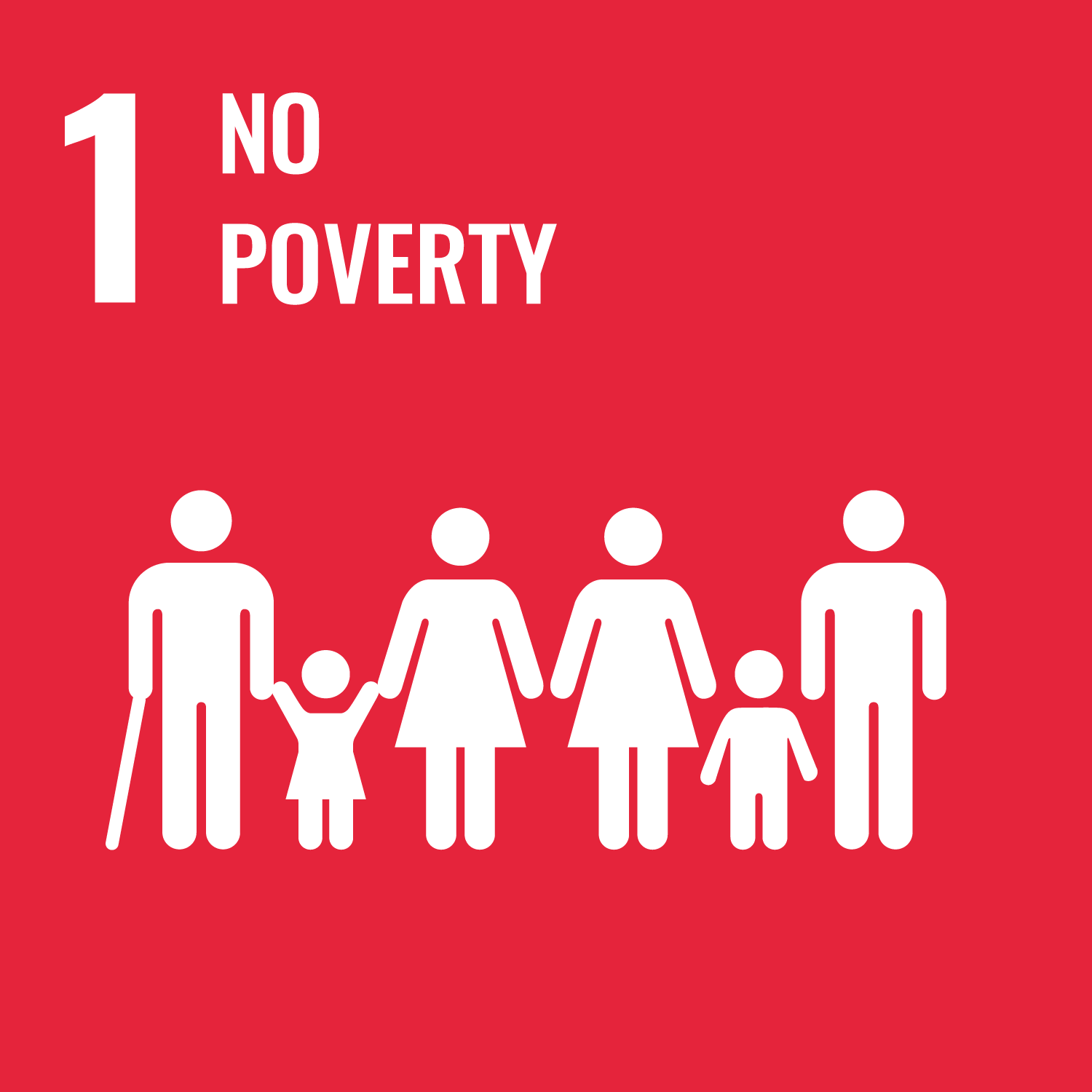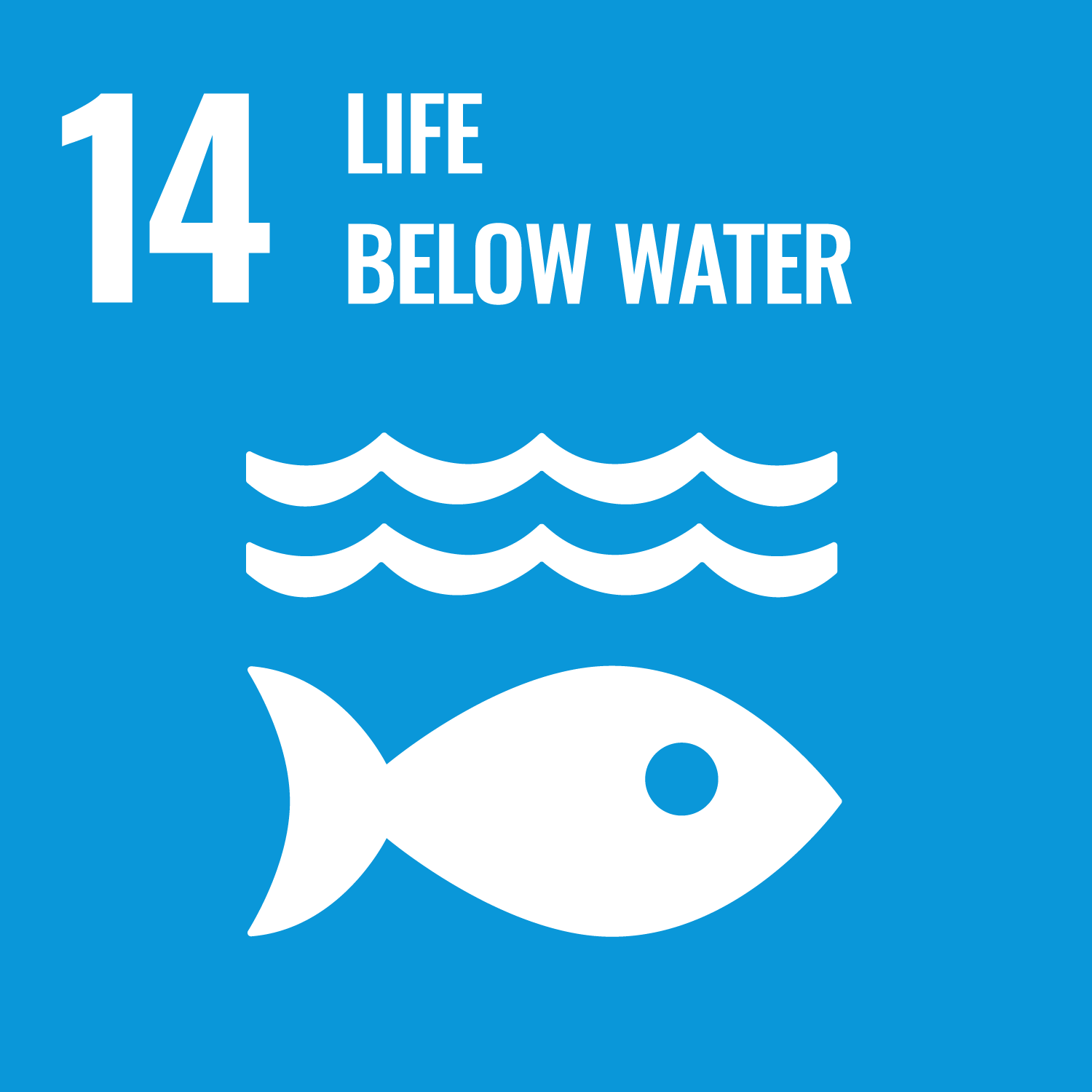Prevention and Control of Noncommunicable Diseases in the Federation of Bosnia and Herzegovina

The report "Prevention and Control of Noncommunicable Diseases in the Federation of Bosnia and Herzegovina, The Case for Investment" focuses on developing an investment case for interventions aimed at the prevention and control of noncommunicable diseases (NCDs) in the Federation of Bosnia and Herzegovina.
NCDs, including cancer, cardiovascular disease, diabetes, and chronic respiratory disease, pose a significant threat to health and economic development in the Federation. These diseases are already the leading causes of death in the entity, and their total economic toll is estimated to be roughly 8% of its gross domestic product.
The report highlights the drivers of NCDs in the Federation, including an ageing population, high levels of tobacco consumption, poor diet, excess weight, hypertension, and air pollution. While some efforts have been made to reduce risks and improve NCD diagnosis and care, they are insufficient to comprehensively address this burden.
The report draws on research conducted by United Health Futures and input from a United Nations Development Programme Institutional Context Analysis to provide a comprehensive analysis of the NCD challenge in the Federation of Bosnia and Herzegovina. It examines the costs and benefits of five intervention packages, with a focus on reducing salt consumption and tobacco control, which are projected to yield significant economic growth and save over 14,500 lives in the next 15 years.
Note:
The Joint SDG Fund's joint programmes are under the prestige leadership of the Resident Coordinator Office and implementing United Nations Agencies. With sincere appreciation for the contributions from the European Union and Governments of Denmark, Germany, Ireland, Italy, Luxembourg, Monaco, The Netherlands, Norway, Portugal, Republic of Korea, Saudi Arabia, Spain, Sweden, Switzerland and our private sector funding partners, for a transformative movement towards achieving the SDGs by 2030.



















